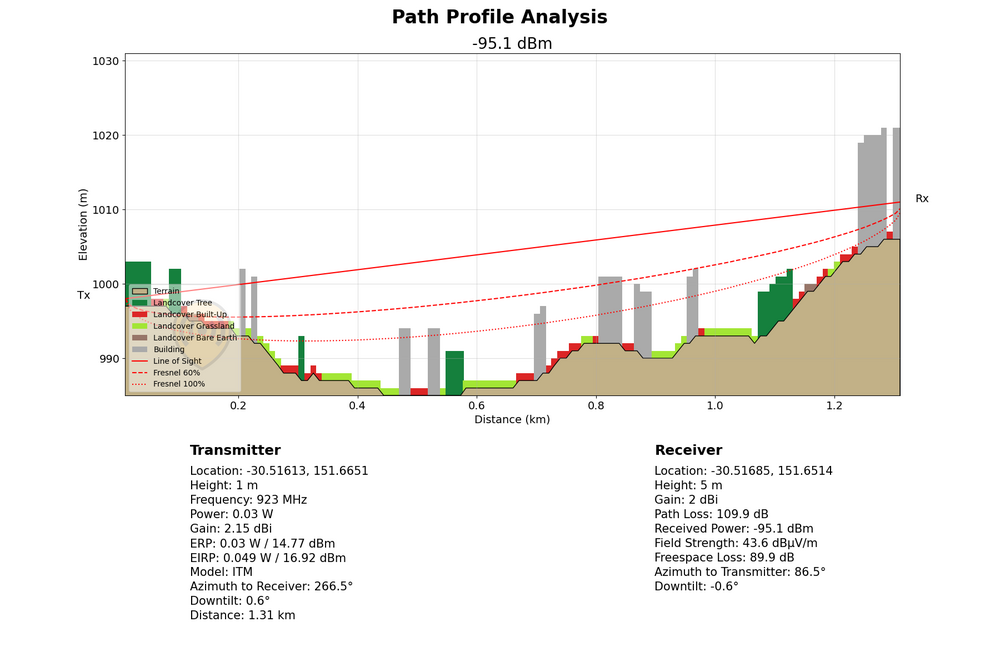Designing IoT Soil, Plant, and Environment Measurements Network Solutions
Deploying IoT Soil, Plant, and Environment Measurements Networks requires planning and understanding of how the communication between the IoT device and the gateway (LoRaWAN) or cellular tower (CAT-M1/NB-IoT).
ICT International has developed a range of Internet of Things solutions for soil, plant and environmental monitoring using their knowledge of sensing solutions built up over 40 years. Adoption of LoRaWAN and CAT-M1/NB-IoT was based on experience of other telemetry systems. IoT data logging is a powerful tool for researchers, managers and scientists involved in soil, plant, or environmental monitoring. By logging measurements as frequently as 15-minute intervals, over 35,000 measurements can be made per year. This volume of data enables the development of big data models for detailed analysis of multiple parameters.
LoRaWAN and CAT-M1/NB-IoT: What are they and why use them?
LoRaWAN (Long Range Wide Area Network) is a wireless protocol that operates in the 800-900MHz band and provides access for IoT devices using a Gateway connected to the internet or local server. With range measurements of up to 100km recorded, the range is dependent on the local physical environment, such as buildings and other hard infrastructure that can restrict signal transmission. This can restrict urban communication to 2-5km range, whilst the landscape can reduce rural transmission to 15km or less.
CAT-M1/NB-IoT relies on the cellular network, and therefore can cover much greater ranges – if there is network coverage. This increases the area of coverage, but as each device requires a dedicated SIM card, there is an increased cost for the maintenance of the solution. CAT-M1 and NB-IoT offer different bandwidth solutions for data transmission, and this can influence the data that is able to be collected.
After the decision has been made about the most suitable option, then the next stage is to plan where IoT devices are located, along with gateways (if LoRaWAN).
Key considerations for the deployment of IoT networks for environmental sensing
To succesfully implement an IoT network for soil, plant, and environmental monitoring, early in the planning stage it is necessary to consider:
- Range: What distance is there between sensors and the gateway (LoRaWAN) or cellular tower (CAT-M1/NB-IoT)
- Height: What is the height of the sensor? What is the height of the gateway?
- Orientation: Is the antenna blocked by any object? Is the antenna pointing vertically?
When these have been addressed, then it is possible to start to commission and implement the sensing solution.
Why do these matter?
All these factors influence the performance of IoT systems, and without every one functioning, the system is not robust nor reliable.
Where does the data go?
ICT International is agnostic as to the destination of your data, and can work with you to find the most suitable option.
LoRaWAN and CAT-M1/NB-IoT transmit data using the MQTT protocol, with subsequent processing of the data for export via an API to the data endpoint of your choice.

